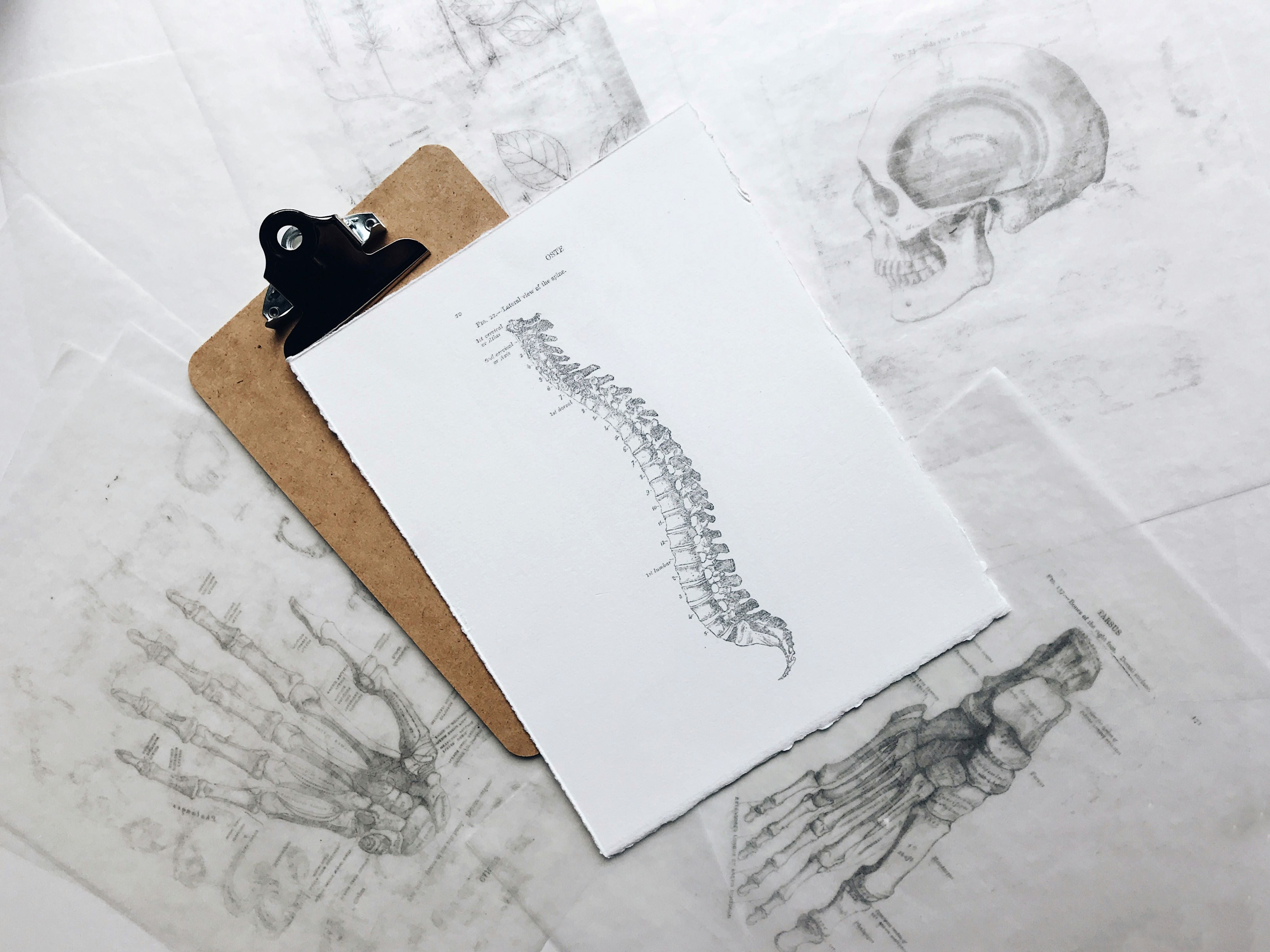Sciatica Relief: Understanding and Alleviating Pain

Sciatica, characterized by pain that radiates along the sciatic nerve, can be a debilitating condition affecting the lower back, hips, and legs. Finding relief involves understanding the causes and implementing strategies to alleviate discomfort. Sciatica often results from a herniated disc, spinal stenosis, or pressure on the sciatic nerve. Pregnancy, muscle spasms, or injuries can also contribute to its development.
Relief Strategies:
- Hot/Cold Therapy: Alternating between hot and cold packs can help reduce inflammation and soothe sciatic nerve pain.
- Stretching Exercises: Gentle stretches, such as knee-to-chest or pigeon pose, can alleviate tension on the sciatic nerve and improve flexibility.
- Over-the-Counter Medications: Non-prescription pain relievers or anti-inflammatories may offer temporary relief. Consult a healthcare professional before use.
- Prescription Medications: In severe cases, prescription medications, including muscle relaxants or corticosteroids, may be recommended to manage pain and inflammation.
- Physical Therapy: A physical therapist can guide individuals through exercises to strengthen muscles, improve posture, and alleviate pressure on the sciatic nerve.
- Ergonomic Adjustments: Making changes to workstations or daily activities to ensure proper posture can prevent aggravating the sciatic nerve.
- Supportive Cushions: Seat cushions or lumbar supports can provide relief by reducing pressure on the lower back during prolonged periods of sitting.
- Acupuncture: Some individuals find relief through acupuncture, which involves inserting thin needles into specific points on the body to alleviate pain.
- Chiropractic Care: Chiropractic adjustments may help align the spine and alleviate pressure on the sciatic nerve.
- Lifestyle Modifications: Maintaining a healthy weight, regular exercise, and adopting proper body mechanics contribute to overall sciatica prevention and relief.
It's essential to consult with a healthcare professional for a proper diagnosis and tailored treatment plan. While these strategies may offer relief, individual responses vary, and professional guidance ensures a comprehensive approach to sciatica management.